Boy, you missed a good weekend.
IFAST hosted Jennifer Poulin and her rendition of Myokinematic Restoration this past weekend.
We had a great group of people. And we had dinner.
And we welcomed our Nebraskan special guest, Matt Hornung!
Whether you’re a therapist or a strength coach, you need to take this course. And you need to start coming to IFAST for your PRI needs because we have too much fun.
I’m going to summarize some main points from the course, but keep in mind that the content of this blog post is everywhere. You should not proclaim you understand PRI solely from this blog post.
Posture
It’s not static, but dynamic posture we’re talking about. As Jen put it, “We want our patients to live in a balanced state of asymmetry.”
Jen even incorporated the central nervous system into the discussion when she mentioned feedforward control. “I want to walk correctly with feedforward activation. My brain knows what to do.”
The body first needs to be reset, and generally what we use to do this is a repositioning exercise. These exercises (like 90-90 hip lifts) shut down some muscles and turn on some others. One of the best quotes of the weekend summarizes this nicely: “Whenever you turn something on, something else is shutting down. What we’re trying to do is improve sequencing and timing.” A.K.A. we’re trying to make activity feedforward. Here’s a video of the master himself, Ron Hruska, teaching a repositioning exercise.
There’s a great page in the manual (p. 15) that lists all the femoral internal and external rotators. Did you know the rectus femoris is also an external rotator? To tie that into the concept of feedforward activation being our goal, Jen said, “When secondary players become primary players, you have dyssynchrony.” Those secondary players step up their game when you’ve lost position.
This idea of feedforward activation reminds me a lot of prediction and what it has to do with physical performance. It’s about obtaining movement experience from which to draw upon. All you need is to follow the PRI algorithm to find out where a patient needs help. If you just took Myokinematic Restoration (”Myokin” henceforth) like I did, it probably looks like they can’t get into the back of their left hip.
Remember that “balance is the goal.” It’s not about rolling your right adductor more than your left, because that won’t give you balance. It’s about being able to reciprocally alternate your activities. It’s about two legs that can each move into stance and swing while walking.
Patterns
“All the brain knows is patterns.” -Ron Hruska
The pattern is potentially the strongest pillar of PRI. Ron looked at things and noticed everyone started to look a certain way. His powers of observation are astounding.
When I say pattern, I mean right side dominance, which the Institute describes as a left anterior interior chain (L AIC) of muscles in Myokin. To call in support from Jen, “I didn’t say, ‘handedness,’ I said, ‘sidedness.’” The build of the body leads us to be asymmetrically asymmetrical, as opposed to symmetrically asymmetrical, which we just talked about above as balance of imbalance. Extrapolate this, as Jen suggests: “Keep your lives balanced, not just your muscles.” It’s about novelty. Try new things. Explore. Play.
The L AIC is composed of the left diaphragm, left psoas, left iliacus, left tensor fascia lata (TFL), left vastus lateralis, and left biceps femoris. These muscles work together to push you over to your right side. The picture below was made at www.biodigitalhuman.com and is to help you follow the chain. Sadly, I was not able to only show the left diaphgram, so the whole thing is highlighted.
You have a left AIC and a right AIC, but you don’t have balance because the left one is overactive and the right one is overinhibited.
Check out the whiteness on an x-ray. That’s more bone. That’s Wolff’s Law responding to more weight bearing on the right side (left half of the picture below).
Suggestion from Jen: go examine cadavers and look for their asymmetries. Last time I was with a cadaver, I was able to look at the thorax. Those left ribs move so much differently than those right ribs.
Gravity and primitive reflexes are what put me in the pattern. I can cement that pattern with more activity. Recreational athletes may be able to get away with more activity while you’re retraining them to inhibit their L AIC because they aren’t as heavily patterned. This was an ah-ha! moment for me (I even starred it in my notes).
There’s also a pattern called the posterior exterior chain (PEC), but more on that later.
These patterns are ubiquitous when you start people watching. Jen says, “Yellow VWs are everywhere, but you won’t notice them unless you’re looking for them.” Look around and you’ll find some heavily patterned individuals. Can you spot the yellow VW below?
Position
Position is the crux of treatment. If you lose your anti-gravitational hip rotators, you lose position. “Reposition = inhibition. This course is inhibiting overactivity of the left AIC.”
Once you’ve repositioned, you’re neutral. This state is determined by a bunch of tests that they discuss in the course. “Neutrality is just a place in between.”
Getting neutral does not equal PRI. Just becoming neutral does not allow you to maintain it. Fix the sagittal plane, then the frontal plane, then the transverse plane. If you jump to the transverse plane too quickly, they’re going to use a back and further reinforce the pattern. This is basic for all of coaching and essential to understand.
Myokin is all about the hip and pelvis: femurs (Fs) moving on acetabulums (As) and vice versa. “Your F moves on your A-PT 101. Your A moves on your F-PRI.”
“Move that A and sometimes the impingement goes away.” Reposition the pelvis.
When you’re in the pattern, the left half of the pelvis is tipped forward. This put the left hamstring on stretch. Given a left and right hamstring that are the same length, the right one would appear longer, like this crossfitter I examined at a USA Weightlifting course:
Pelvis
You’re not really allowed to talk about the PEC in Myokin. It’s the L AIC course. I managed to snag some gems from Jen on the PEC, though. Like the following tweet, which I consider the best quote of the weekend.
The pattern gives us right leg stance and left leg swing. Even if you see someone stand on their left leg, it’s usually in swing, NOT stance. These people build up a monster left vastus lateralis. The right leg standers build up the right side, just like a new client I assessed a few weeks back.
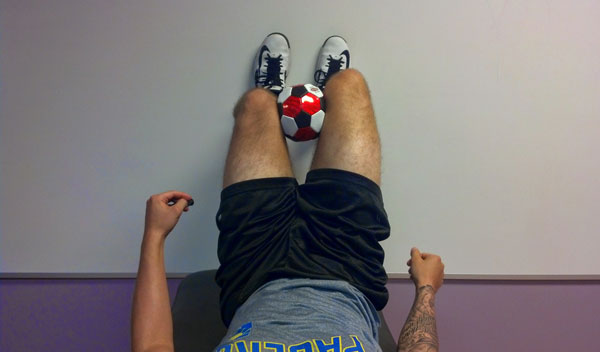
Given this, Jen says, “Very rarely will you see someone stand on their right leg in swing. You’ll see them on BOTH legs in swing.” What she means is a swayback posture, which is a bit of a buzzword among corrective exercise peeps.
“You are not born a PEC. You become one because of the demands you place on your body.” A PEC is a L AIC trying to be symmetrical. It’s using a right back to get over to the left.
If they’re a PEC and can’t adduct on either side, they need sagittal plane IOs and TAs. A.K.A. They need to exhale.
Our room had a lot of PECs because we’re gym bros and broettes. We stiffen up the back because it makes us stronger under a bar. The key is to manage it for an individual by determining what is appropriate and what is not.
Performance/Pain
I want to add another P word in here: Pathology.
Pathology is my favorite component of Myokin because I’m patho everywhere. It’s easy for me to identify with. And, “If you run down a path of non-patho for a patho, you’re going to use a back.”
Being “patho” means compensating so much that you’ve lost ligamentous integrity. The iliofemoral, pubofemoral, and ischiofemoral hip ligaments are your important pieces in Myokin. They are the “show”, so to speak.
The pelvis faces the right, then the left hip follows it to face the right. Since the world is not to the right, the left hip externally rotates as a compensation to face the world ahead. With enough exposure to this, the anterior hip ligaments on the left side become shot. Then you are patho. These people need to get into the back of their hip.
“These PECs never go to the backyard.” They’re too busy playing in the front yard. They’re “dancing outside the socket.” They have “fraudulent extension.” They are frauds! They’re liars. Lots of pathology = SLOP.
These patho people get really stiff TFLs. The following quote from Jen is something I swear I’ve said before: “Would you just be a TFL? You’re supposed to be a supporting character in the human body.” TFL is a powerfully positioned internal rotator of the hip. “We want it as a supporting character, but I can’t change where it attaches.”
Do you coach running? Increasing your runner’s stride length is a good way to compromise and anterior hip capsule. Reposition them instead.
Ron developed a test called the Hruska Adduction Lift Test which makes PRI incredibly easy to use. “Ron developed the Hruska Adduction Lift Test to tell you what to do. It is a gait integration test.” The manual breaks down the test so that if your patient gets a certain score, you know what you need to attack next in treatment. The meaning of the test is complex, but it’s presented elegantly.
Learn the tests and follow the algorithm and PRI will bring you much success.
Parasympathetics
Parasympathetics is purple. Let me take you “into the land of drool on the pillow… parasympathetics.”
How do you sleep? “If you sleeping on your stomach, you’re not resting.” Stomach sleeping is extension, and that’s no way to get parasympathetic.
Jen even made up a word. Labradorie. “That dog is getting the bed with me and we’re gonna have a cuddle. That’s parasympathetics.” Dogs make people feel good.
This course comes complete with an 8-pack of colored crayons. “Relax with your crayon.” Ron knows that coloring is parasympathetics.
Bob Ross made it into the conversation once again. That man had a balance of imbalance.
Poulin
Jen is amazing. Going in, I didn’t know what to expect from her, but she freakin’ killed it.
She’s also hilarious, which makes class easier. We got to chat Saturday and Sunday night and had so many laughs that my buns were sore the next day (oops, sorry, wrong course!).
I would recommend her to anyone. I would also recommend the course to anyone who’s educated and open to learning new things. In fact, I managed to get two of my fellow students from IUPUI in attendance this time around. See below and welcome Adam to Exhalation Nation.
I only hope that this methodology becomes to standard some day. I will leave you with a picture she left us with on Sunday.
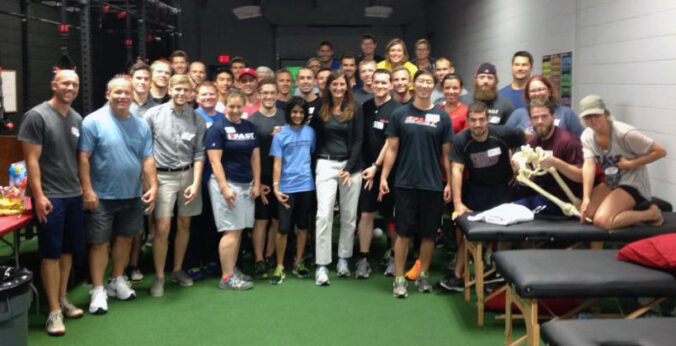
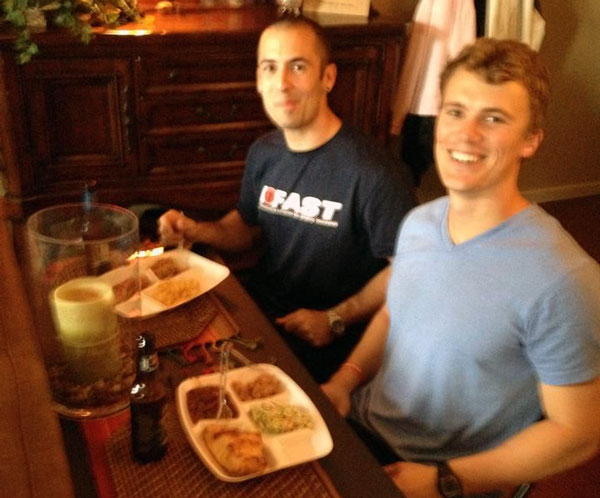
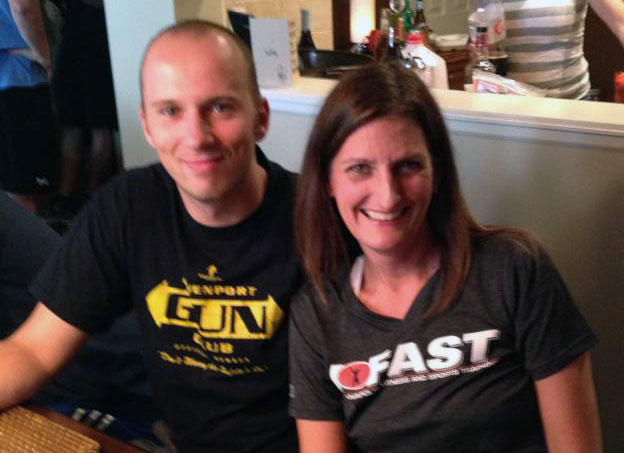
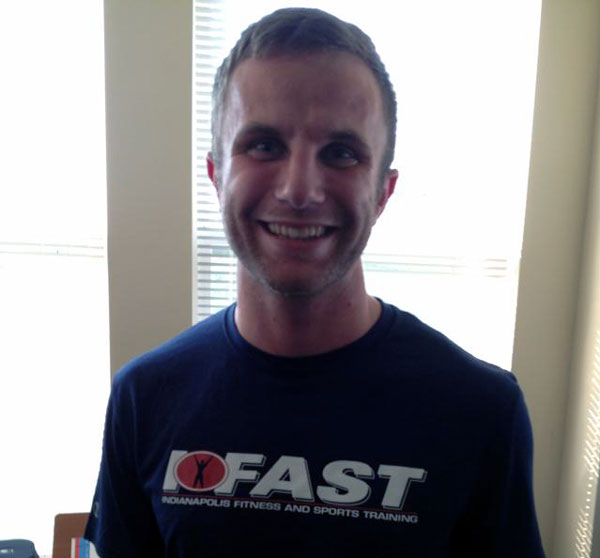

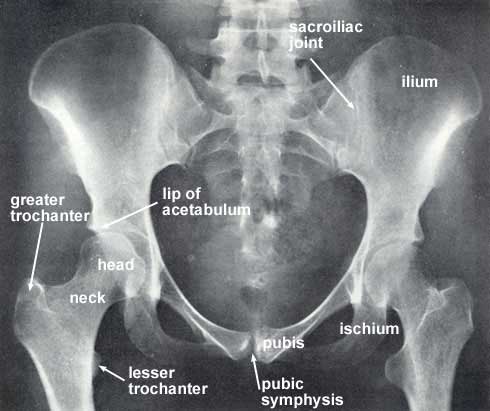
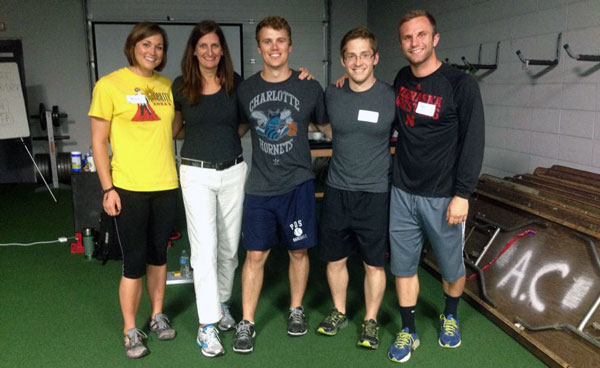
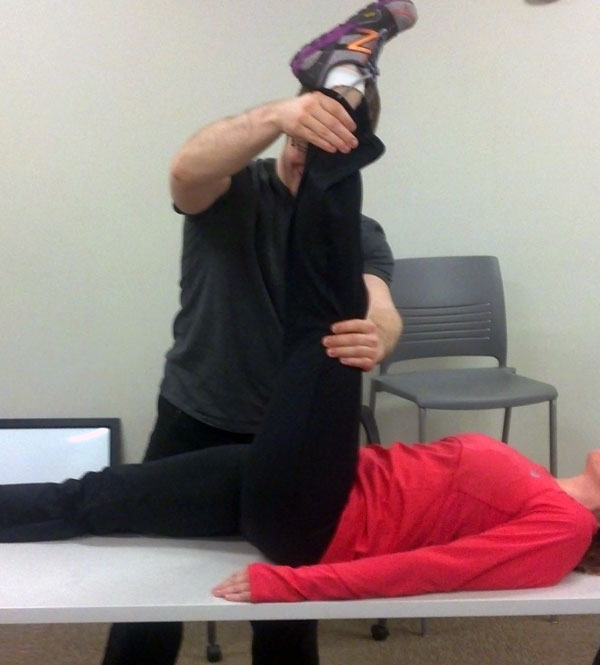
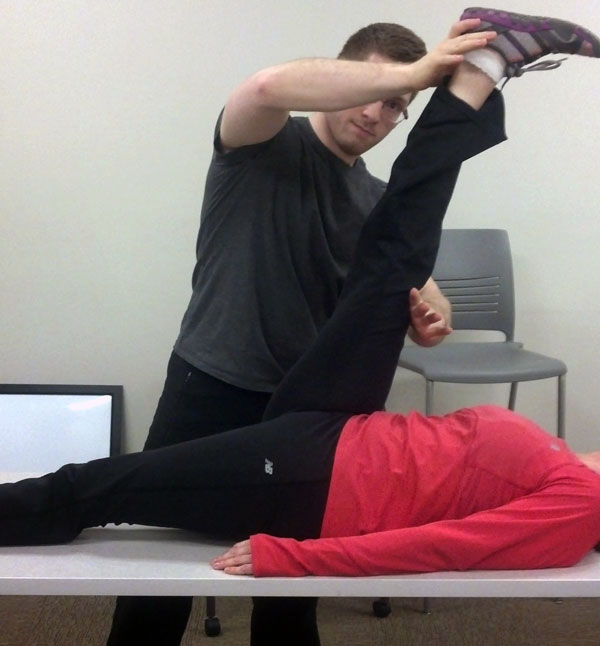

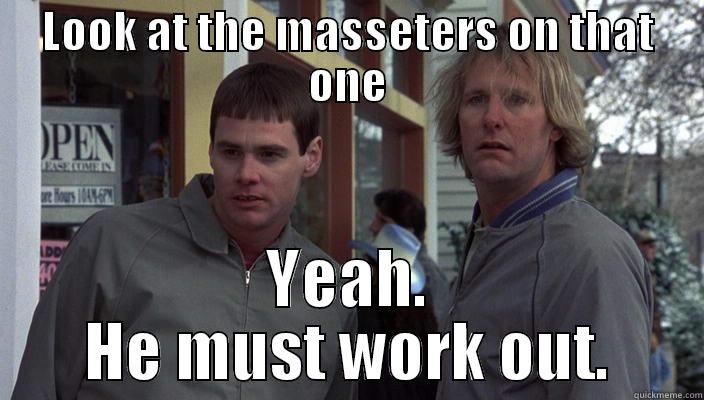
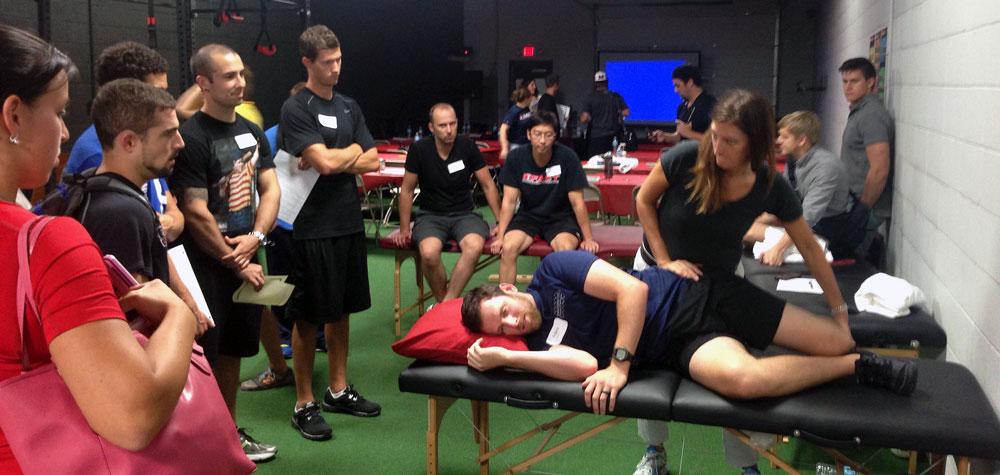

Add some color to this commentary.